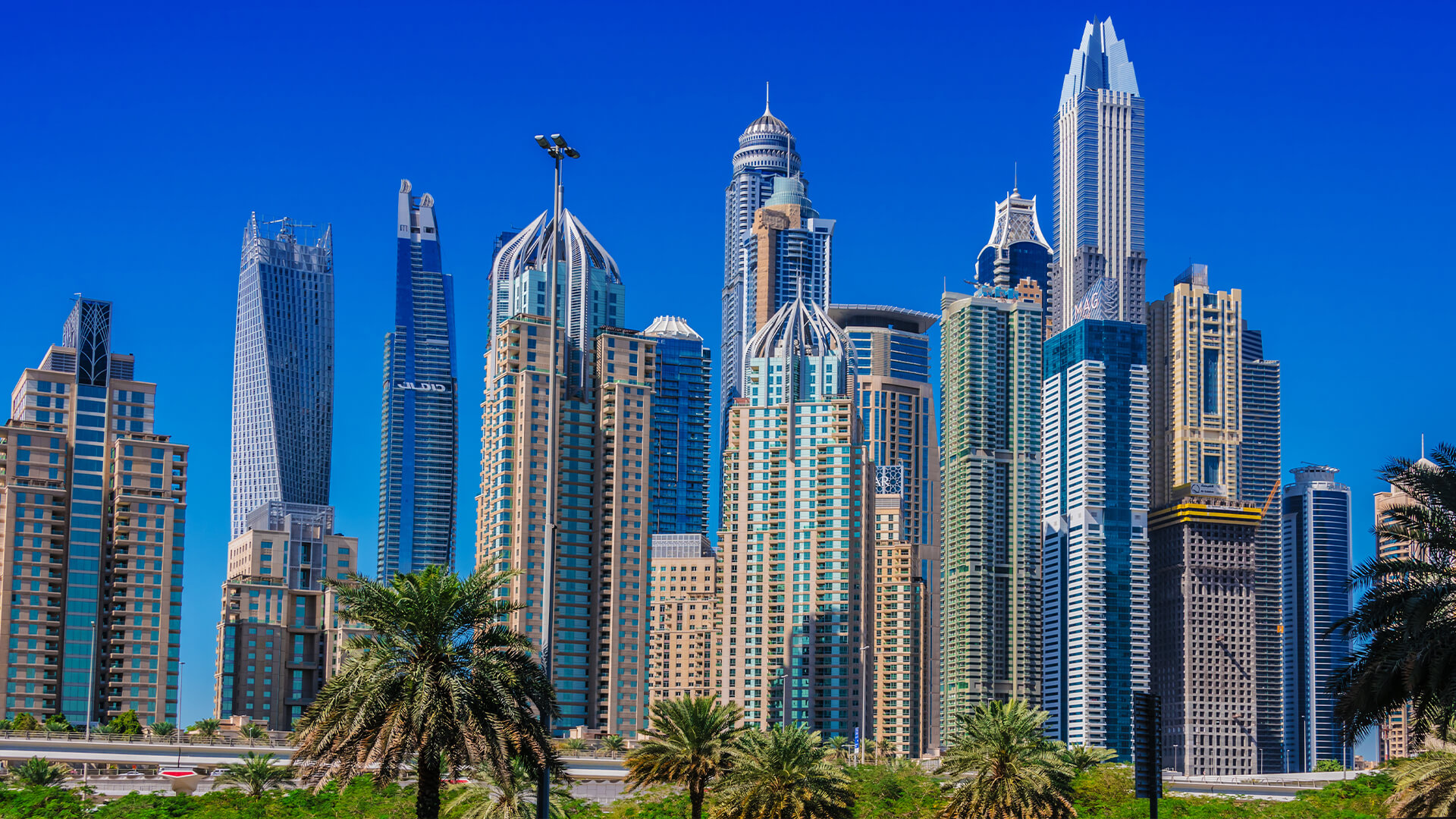Wellness has become a popular buzzword in the UAE’s real estate, especially in the residential market, attracting massive investments from developers.
According to a study by a Sharjah-based master developer, the UAE’s residential wellness real estate market alone will grow from $137 million (Dh503 million) in 2024 to nearly $8.4 billion (Dh31 billion) by 2027.
The UAE is one of the fastest-growing markets in this sector, with the residential wellness real estate segment expected to grow nearly sevenfold by 2027. These homes aren’t just targeting the ultra-wealthy either – many developments cater to middle-income families looking for homes that offer a healthier lifestyle without breaking the bank,” said Rosa Piro, senior business development director and head of research at Arada.
She said the rise of wellness-focused residential projects, particularly in Dubai, is already evident, with supply expected to cross 16,000 units by 2030.
All the major UAE developers including Emaar, Aldar, Damac, Danube Properties, Nakheel, Sobha, Meraas, Azizi and Samana Development have been strongly focusing on wellness elements in their projects.
Piro noted that wellness real estate is set to be the next booming property asset class in the UAE.
“Wellness real estate is not just a trend; it’s a necessary evolution of how we think about where and how we live. As we move into a future where health and well-being are increasingly prioritised, wellness real estate will play a crucial role in shaping healthier, happier communities. Developers, investors, and consumers alike should take note – this is the future of real estate,” she said.
Wellness-related spending globally already exceeds $3.7 trillion, and this number is skyrocketing.
“Whether it’s fitness, organic foods, or mental health services, consumers are investing more in their health and well-being, and real estate developers have taken notice.”
In addition, she elaborated that the pandemic has shifted how people live and work. “As remote work became more common, many urban dwellers began moving away from congested, polluted cities in search of more holistic environments. Homes that prioritise wellness – through natural light, green spaces, or air quality – have become especially desirable,” she said.
Piro added that developers are prioritising locally sourced materials, community gardens, and even edible landscapes. “These innovations ensure that wellness homes aren’t just functional but also enrich the lives of their residents.”
She pointed out that this growing sub-sector prioritises health and well-being through its designs, amenities, and community planning. “From sustainable architecture to biophilic designs that integrate nature, this trend aims to build environments that support the six fundamental dimensions of wellness: social, physical, occupational, emotional, spiritual, and intellectual,” added senior business development director and head of research at Arada.


